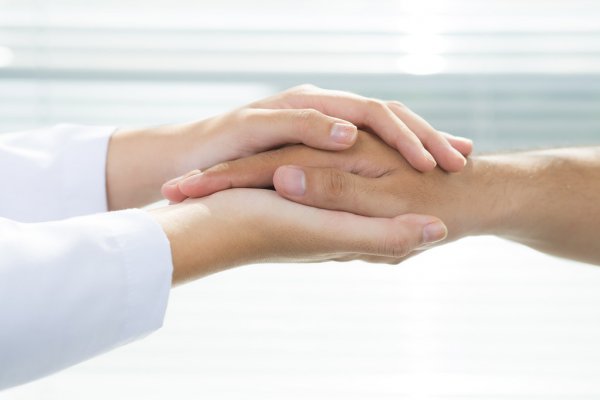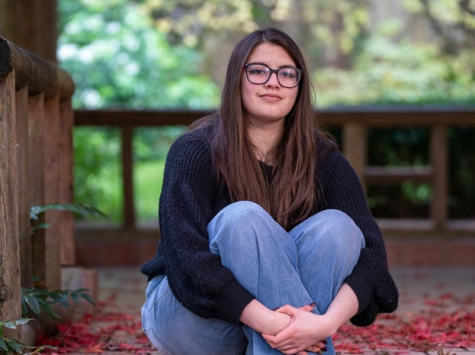New York City Proposal Allows Mental Health Professionals to Respond to Some 911 Calls

(Image via Everypixel)
November 26, 2020
In February of 2021, mental health teams in New York will begin to respond to some 911 calls relating to mental health. The goal of this change is to de-escalate conflict and minimize the amount of police that address mental health related calls. According to NYLPI, first responders (that includes police) respond to almost all emergency calls, “regardless of the severity of health needs, whether a crime is involved, or whether there is an imminent risk of violence.” Linda Rosenburg, from the Columbia University Department of Psychiatry, offers her insight in this matter. ¨Mental illness is not a crime,” she says, ¨but we call upon the police as first responders in a mental health crisis. Now, New York City is changing the outdated and dangerous use of police that too often has led to injury and even death.”
Carla Rabinowitz, a mental health advocate, has spent the majority of her Mayor’s term attempting to get her city to amend the way it handles it’s numerous mental health emergency calls. For five years, NYPD officers were given a program that provided police with de-escalation techniques when responding to mental illness related calls. Unfortunately in those five years, 17 New Yorkers suffering from mental illness have been killed or gravely injured. After the police killing of George Floyd back in May, New York is following city demands of police reform and this proposal is one of the first steps. The emergency teams will consist of EMS health workers as well as mental health crisis workers with some police as a backup in situations where weapons or extreme violence is involved.
This proposal, however, does draw mixed reactions from experts. Many believe that this proposal will put these new members at risk. Joseph L. Giacalone, a retired NYPD sergeant who now works as a professor believes that while it is a good idea to free up officers to do police work, hundreds of these calls over the course of his career quickly became violent. “Those situations are the scariest to deal with in policing,” he says, “because you never know what [they’re] going to do.” Matt Kudish, on the other hand, believes that while this program is “a step in the right direction,” he wants to see an option that doesn’t involve police at all.
New York’s program is modeled after the Crisis Assistance Helping Out On The Streets (CAHOOTS), a program in Eugene, Oregon that has been operating for 31 years. CAHOOTS say that in 2019, it’s workers responded to over 24,000 calls in 2019 and only about 150 actually required police assistance. This long-awaited proposal’s goal is to improve New York’s first (and most important) response to people in crisis. Not every emergency can be solved with violence and, in many instances, are worsened by it. The new 988 number was also put in place to help people connect to resources for help. Hopefully, this program will be fully fleshed out and the risk of dangers due to mental health related emergencies will lessen.










































































































































